At a time when people in Myanmar are protesting against the rule of the military junta, and are attacking and burning shops owned by Chinese nationals to register their resentment at China’s refusal to condemn the military rulers, India is winning friends among its neighbours by sending nation’s in the region vaccines to combat COVID–19.

India’s ‘Neighbourhood First’ policy will get a further boost when Prime Minister Narendra Modi visits Bangladesh on March 26th to take part in the event in the capital Dhaka to commemorate the Golden Jubilee of Sheikh Mujibur Rahman’s declaration of the Independence of Bangladesh from Pakistani rule.

For the Narendra Modi government, ‘Neighbourhood First’ is not just a catchword. It is a well laid-out policy under which the “Government of India is committed to developing friendly and mutually beneficial relations with all its neighbours, creating people-oriented, regional frameworks for stability and prosperity,” as enunciated in a Rajya Sabha reply in 2019.
It is a fitting reply to China’s efforts at fishing in troubled waters by engineering border disputes with a countries such as Nepal.
India’s vaccine diplomacy meanwhile has been a splendid antidote against China’s machinations in the neighbourhood.
India had initially offered Bangladesh two million doses of the vaccine free, as a gift to the people of the country. Later, it offered another seven million doses on a commercial basis when Bangladesh indicated that Dhaka preferred the Indian vaccine over the vaccine offered by China.
It is another instance how the credibility of China has taken a beating in South Asia of late.
But it is not only Bangladesh.
Under the “Neighbourhood First” policy, in January, India also offered half a million doses of the vaccine to Sri Lanka.
On the back of this, Sri Lanka will now purchase 10 million doses of the vaccine from India, according to a PTI report.
In an indication how approaches are changing, Sri Lankan foreign secretary Admiral Jayanth Colombage said last August soon after his new appointment that Sri Lanka would now have an “India first” strategic policy outlook.
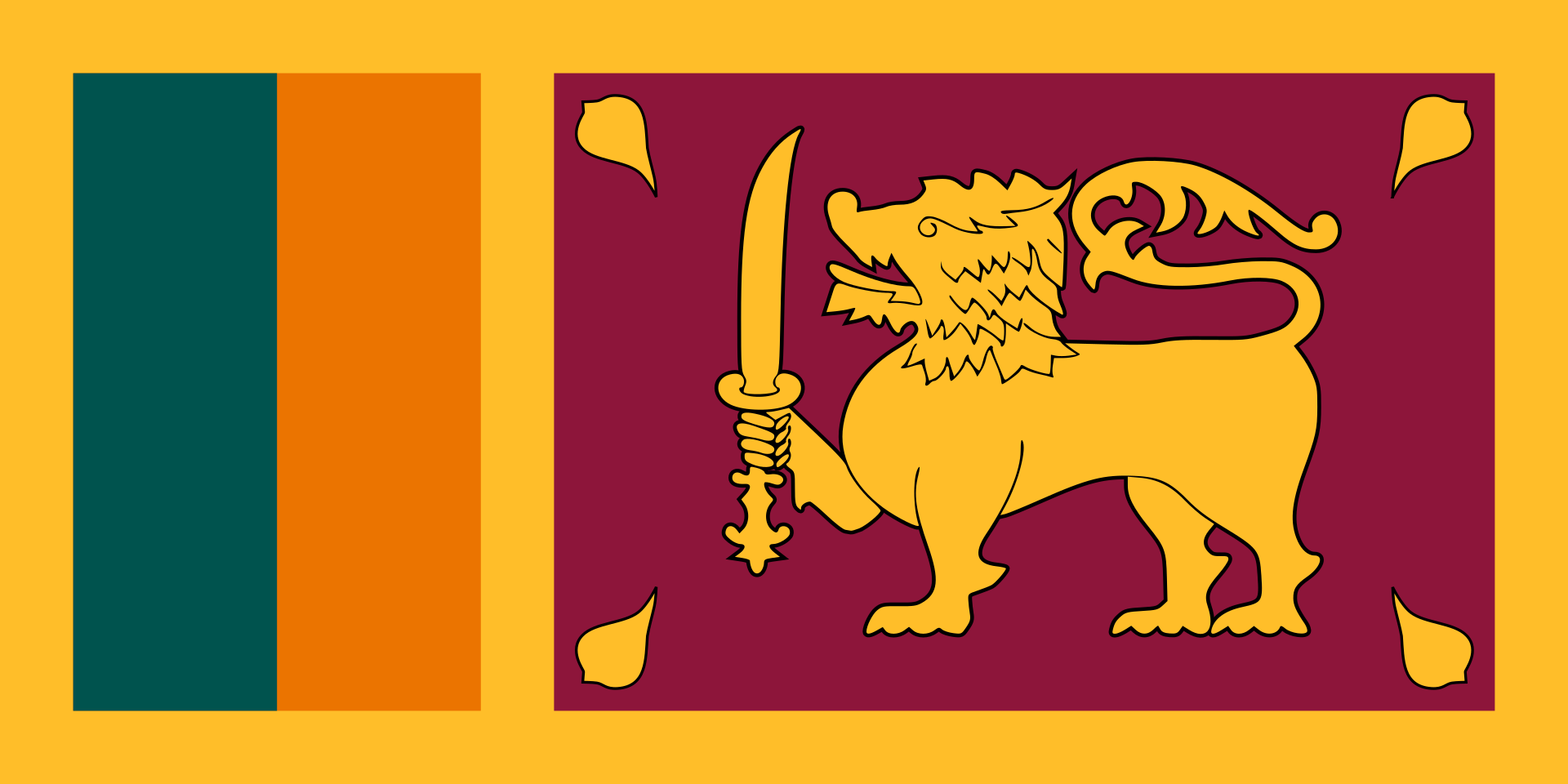
Acknowledging that the decision to give the Hambantota Port a 99-year lease to China was a mistake, he went on to say that Sri Lanka “cannot be, should not be, and can’t afford to be a strategic security threat to India.”
Nepal, too, has purchased one million doses of the vaccine from India following the gift of one million doses, and is now planning to buy one million doses more. It is more telling that Prime Minister of Nepal K. P. Sharma Oli, widely believed to be close to China, had the Indian vaccine administered as the first dose for himself.
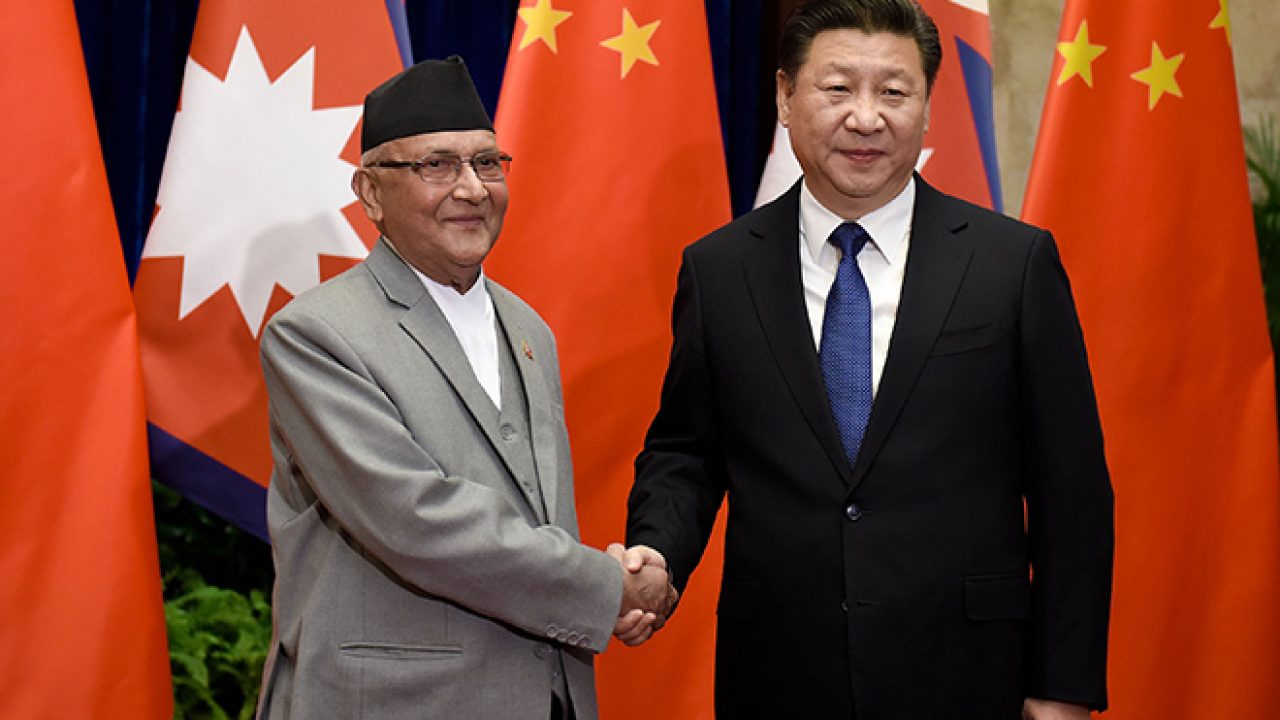
Relations between India and Bangladesh are, however, deeper than the jab of a vaccine and the ensuing visit of Prime Minister Modi to Dhaka will pave the way to place them on a firmer footing and at the same time arrest Chinese moves to make inroads in the region.
In fact, the stepping stones for this are already being laid.
One is the recent virtual inauguration of the Maitri Setu, (the name of the India – Bangladesh Friendship Bridge), by Prime Minister Modi.
The 1.9 km long bridge, built over the Feni river to connect Sabroom in south Tripura to Ramgarh in Bangladesh, has the potential to open up the landlocked north-east region to sea trade, and offer an alternative gateway for India’s Look East Policy.
Conceived at a time when Manmohan Singh was the Finance Minister of India, the Look East Policy has been upgraded to an Act East Policy by Prime Minister Narendra Modi.
As initially planned, Myanmar had been the gateway for the land route of the Look East Policy, connecting with the Indian mainland through Mizoram and Manipur.
India has also helped Myanmar in setting up the Kaladan multimodal transport network and Sittwe Port to connect the north-east region of India through the sea route from Kolkata.
Transport within Myanmar remains, however, fraught with uncertainties as the recent events in Myanmar have shown.
Roads along the Indo – Myanmar border pass through volatile tribal regions.
That way, the Maitri Setu, through which Chittagong Port would be only 90 kms from Tripura, would provide India with a far more stable network for connecting with the north-east region.
Maitri Setu will bring tangible benefit to the economy of Bangladesh, too.
A new World Bank report has said that seamless transport connectivity between India and Bangladesh has the potential to increase the national income of Bangladesh by as much as 17 per cent.
Besides the bridge across river Feni, the Bangladesh – Bhutan – India – Nepal transport agreement, better known as BBIN, too has come in for praise from the World Bank, according to a report in the Dhaka Tribune; though in the Bhutan portion BBIN has got into some difficulties because of environmental considerations.
Participating in the virtual inauguration of Maitri Setu with Modi, Sk Hasina said political barriers should not become physical barriers for trade.
The World Bank, too, is of the view that “easing border restrictions generates significant benefits for the neighbouring countries.”
There are several other reasons for India to cement ties with the Sheikh Hasina regime in Bangladesh and Prime Minister Modi’s visit to Dhaka on the occasion of the birth centenary of Sheikh Mujibur Rahman, and 50 years of liberation struggle of Bangladesh is going to achieve this end.
Under the Sk Hasina regime, Bangladesh has ceased to provide shelter to underground outfits of the north-east region in that country.
This has brought about a sea change in the situation in the disturbed north-east region.
Organizations like the United Liberation Front of Asom and the National Democratic Front of Bodoland have been forced to surrender arms.
Groups like the National Liberation Front of Tripura and All Tripura Tiger Force have practically ceased to exist.
Whatever activities some of the splinter groups of National Socialist Council of Nagaland is continuing is through their bases in the Indo – Myanmar border region.
It is, therefore, of prime interest to have stable relations with Bangladesh and the Modi regime is moving in that direction.
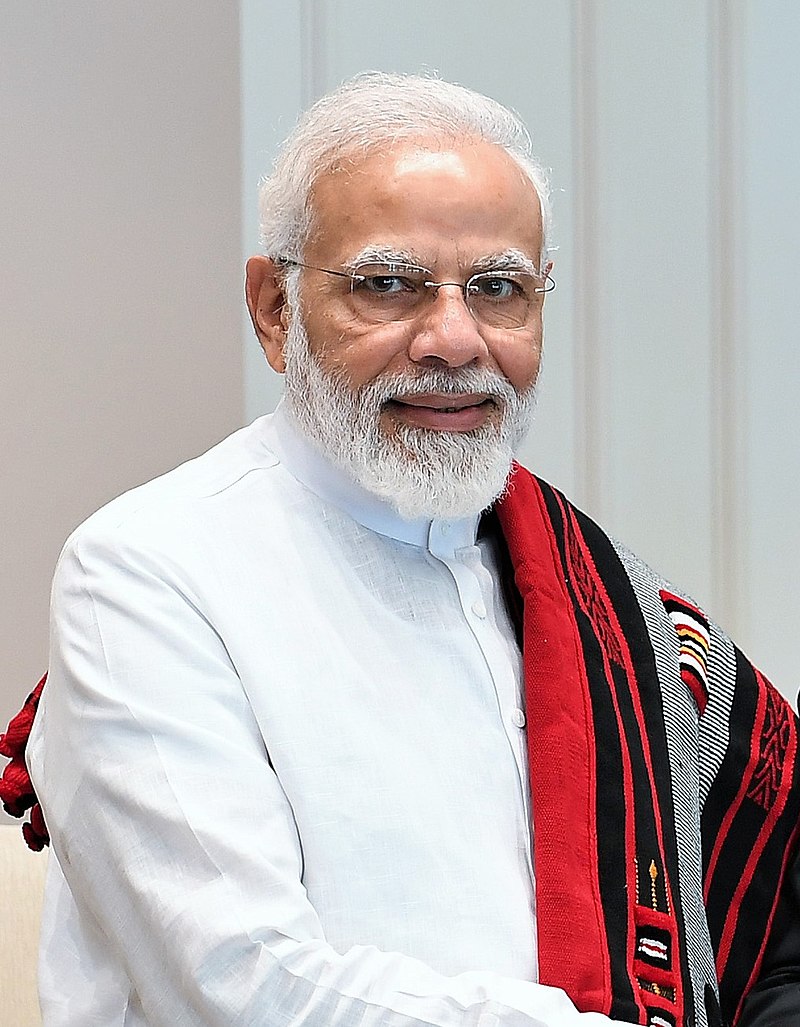
Since the return to power of Sk Hasina in Bangladesh in 2009, relations with India have steadily improved.
A milestone has been the ratification in 2015, of the Land Boundary Agreement of 1974, paving the way for settlement of issues of boundary demarcation and exchange of enclaves.
Maritime boundaries have also been almost settled.
A few irritants that still remain like grievances in Bangladesh about actions by Indian border guards on Bangladeshi nationals can be taken care of through discussions; though these actions are the result of criminal activities along the border. Indeed, as diplomatic circles point out, the effort is now on to widen the India – Bangladesh relations from the narrow ambit of relations between Bengalis on either side of the border to embrace other population groups.
They point to the substantial presence of Tamil- and Telugu-speaking people in Bangladesh, working in the textile sector there or engaged as techies and a growing number of students from Bangladesh as well as tourists are visiting south India of late.


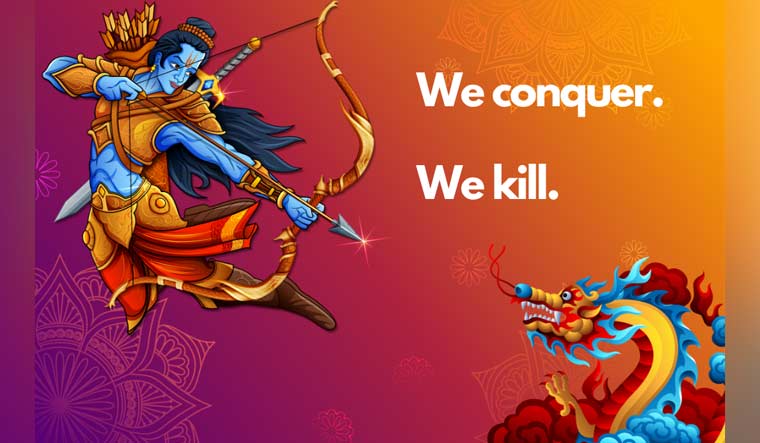

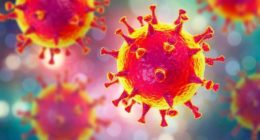
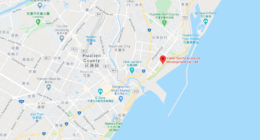
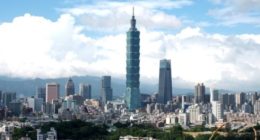





Comments are closed.